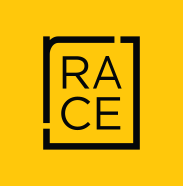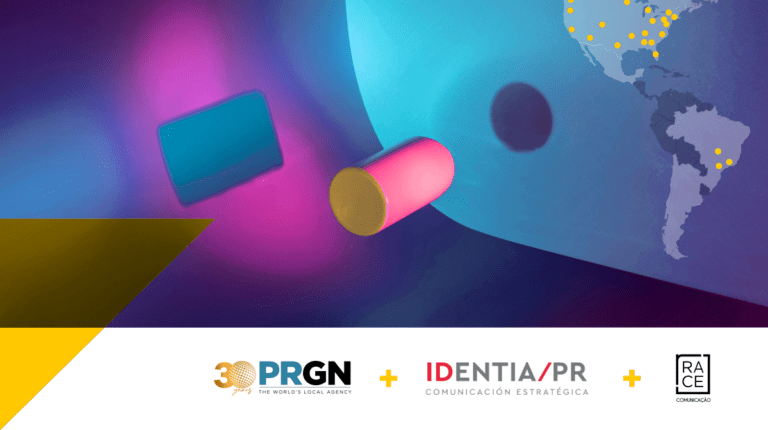By Daniela Dálio
Ever since it hit the silver screens in the end of January, the film “The Post” has provoked a wave of nostalgia among communications professionals. The movie, directed by the renowned Steven Spielberg, and which was was nominated to an Oscar for Best Picture this year, tells the story of the dramatic behind the scenes of Pentagon Papers (The Washington Post) in 1971, when it exposed the lies behind the involvement of the USA in the Vietnam war.
Today, this search for information and news is a lot more agile and counts on numerous facilitating digital tools, making journalism more dynamic.
However, this dynamism also brings with it a large portion of concern as it enables the spreading of fake news. Unfortunately, fake news are already part of our reality and their negative effects should be reason for concern for both companies and public figures.
Here, the role of the public relations professional is of extreme importance, as the monitoring of news involving their clients is part of the daily routine for these professionals. It is a fact that technology has facilitated people’s access to news immensely. However, this process has also impacted on the time that the journalist has on his (or her) hands to produce news material, decreasing the time for research and consequently increasing the risk of publishing incorrect information.
Apart from monitoring, the PR professional also presents two other positive aspects: the relations with journalists and media outlets and the knowledge of the facts involving the clients, guaranteeing agility in the response to fake news. With this, the chances of avoiding an image crisis or a reputation crisis are infinitely better for the client.




